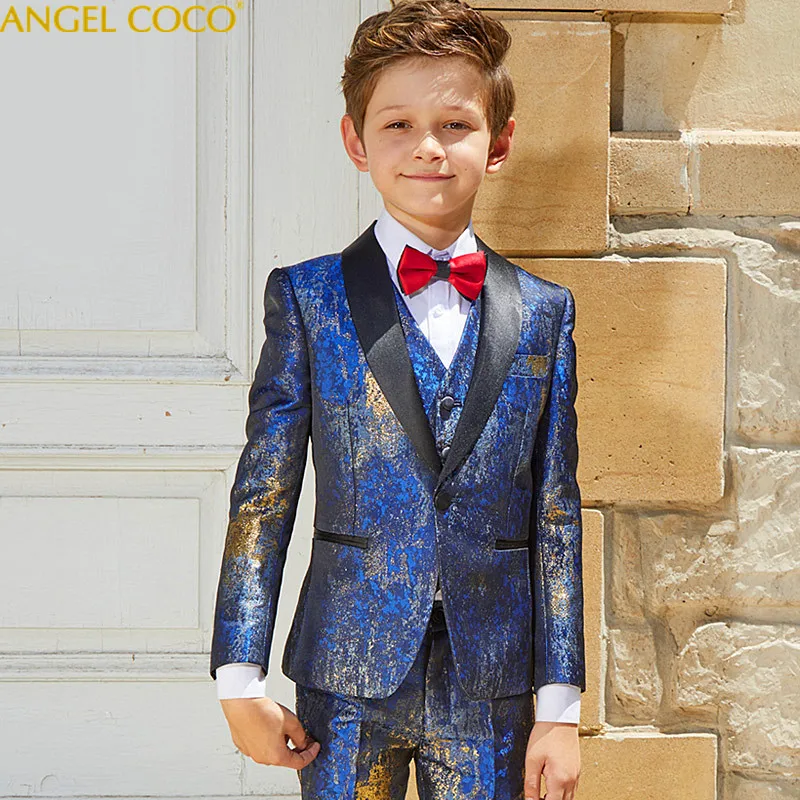The Different Types of Suits For Young Boys
There are a variety of suits for young boys. There are Marlowe suits as well as Eton suits. You also have long-sleeved Tuxedos. It can be difficult to select the appropriate suit for your son. Here are some suggestions to help you choose the perfect suit.
Eton suits
In the 1940s, boys were considered to be young gentlemen and were expected to dress and behave as such. While they wore casual clothing like Sunday clothes and casual clothes wealthy boys wore classic Eton suits. This style was popular in America during the 1940s. It was originally worn by boys who were attending Eton School.
Boys would wear Eton suits from age five. The jacket was short and lacked lapels. The pants were short and worn without ties. Sometimes, the jacket was lined with a crest emblem or cuffed. Suspenders were used to cuff the shorts. The jacket was comprised of blue or black material, and sometimes featured ankel socks.
Long sleeve tuxedo suit
Boys should wear formal attire for a variety reasons. It doesn’t matter if they’re going to go to a Christening wedding, prom or wedding, it’s important that they dress well. Fortunately, there are several brands that specialize in formal for boys’ clothes. Calvin Klein, Tommy Hilfiger and Lauren Ralph Lauren are just some of the companies that specialize in boys’ formal attire. They also offer matching sets in a variety colors and styles.
JCPenney has a range of suits for boys in a variety of sizes. Their boys’ suits include a vest, dress shirt and tie. These outfits are made for formal and everyday wear, so you can pick a set that is appropriate to your boy’s personality and the occasion.
Skeleton is a great fit
Skeleton suits for young boys are a traditional style of outfit for young boys. Boys Suits were worn before the days of belts and tunics. They were a clever approach to highlight the symmetry of the boy’s body. The pantaloons and jackets were fastened by decorative rows of buttons on the shoulders. The trousers were also fastened above the jacket which gave the legs the appearance of being hung. Dickens described the attire in Sketches by Boz, published in 1838 and 1839.
The pants of these outfits were generally made of velvet or silk. Some were even adorned with sashes of vibrant colors. The skeleton costume was popular until the mid-1830s, but it remained popular through the 1840s. Boys had hair that was longer than their ears. Later as breeching became popular and more boys used shoulder length hair.
